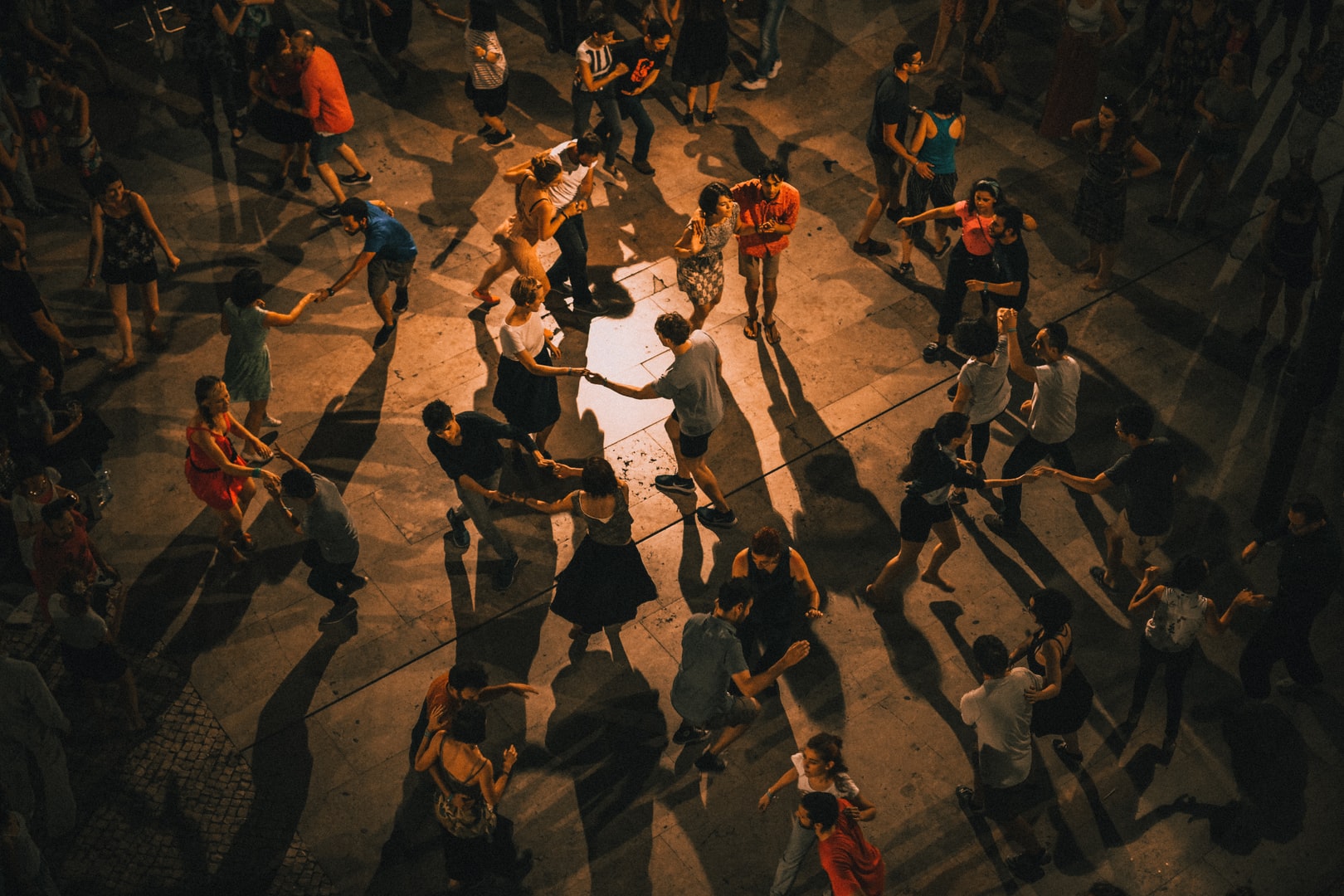
East Coast Swing
Swing is an all American dance which dates back to the 1920s. The dance originated in Harlem in the 1920's with jazz music. It evolved out of the Lindy Hop as 6-count patterns In 1934, Cab Calloway introduced a tune called "Jitterbug" and the name stuck. In the 1930s and 1940s, the terms Lindy Hop, Jitterbug and Swing were all used to describe the same style of dancing, but in fact, all have unique characteristics unto themselves. The character of the Swing is upbeat, fun and playful. East Coast Triple Swing and Single Step Swing tend to be very circular in their movements and work on a 6-count beat basic. The Single Swing, being the closest to the original form, has simpler footwork and is great for dancing to extremely up tempo music like the old Big Band Tunes as performed by the likes of Benny Goodman and Artie Shaw. The East Coast Swing can also be danced to slower, Blues, Rock or Country music as well.

Swing Breaks
Swing Breaks teaches Level II Swing students how to incorporated 8 & 10 count Breaks from the Lindy hop into their East Coast Swing. Jumps & Dips are also taught.
Swingin' the Blues
Swingin’ the Blues this upper level class teaches East Coast Swing in a Triple-step timing to the genre of Blues music. This is a very Bluesy Swing style with attitude.
Vintage Swing Line Dances & Rueda's
The Shim Sham Shimmy , Charleston Stroll & Jitterbug Stroll are line dances that need no partner. Rueda's are choreographed dances performed in a circle using a "Caller".
For More Class INformation
Visit Discount Dance Supply for a wide variety of dancewear choices.
Receive 5% off your order each time & an additional 10% off your first purchase with our Teacher ID.
Teacher ID#
TP33429